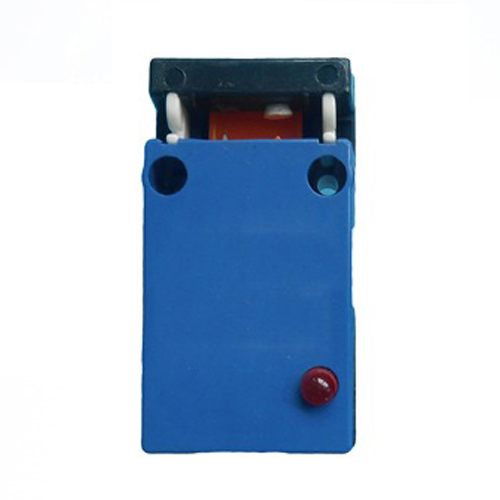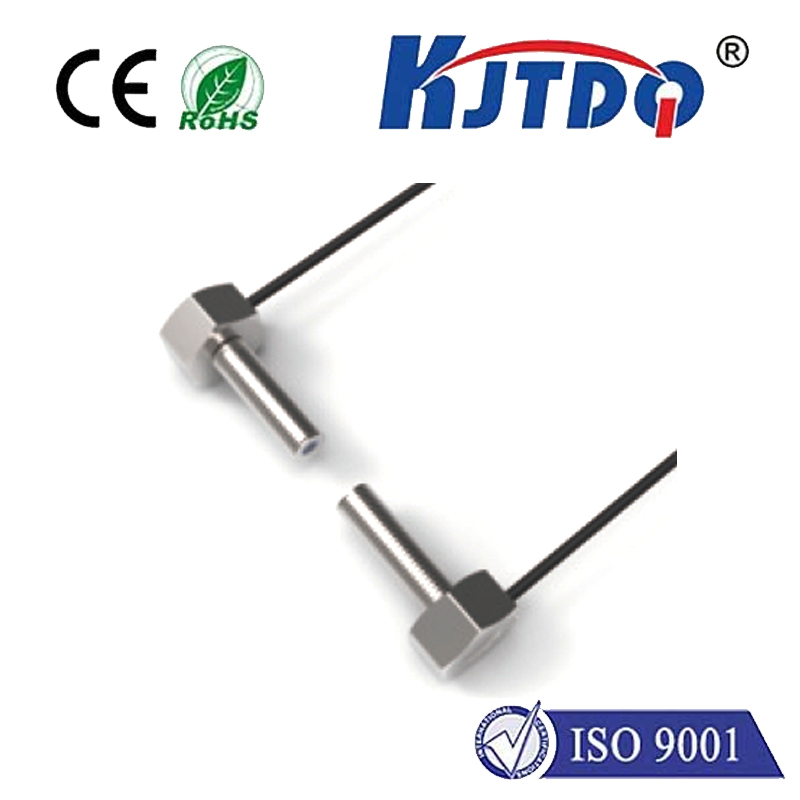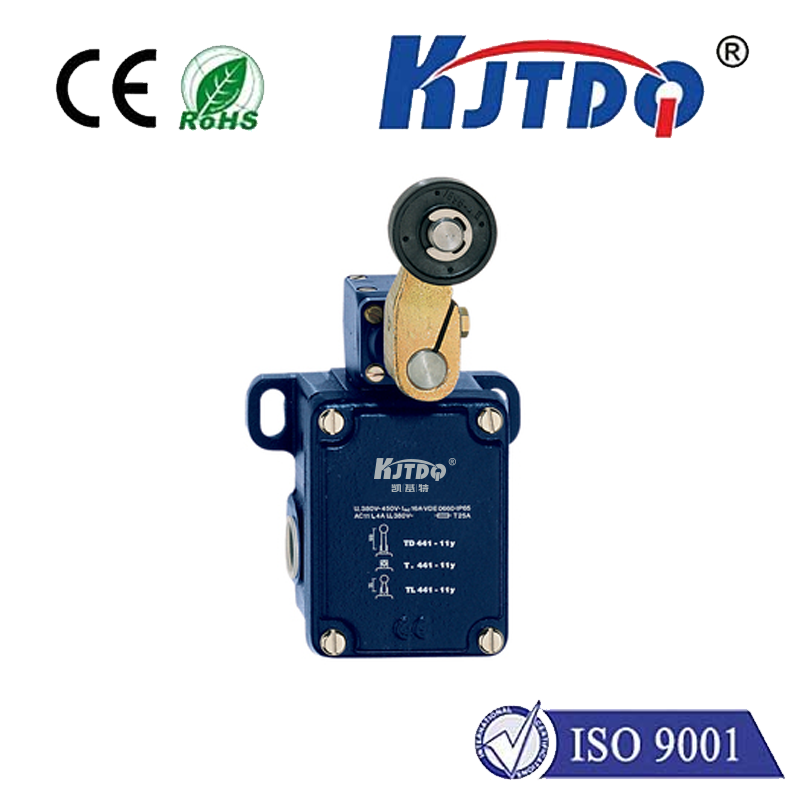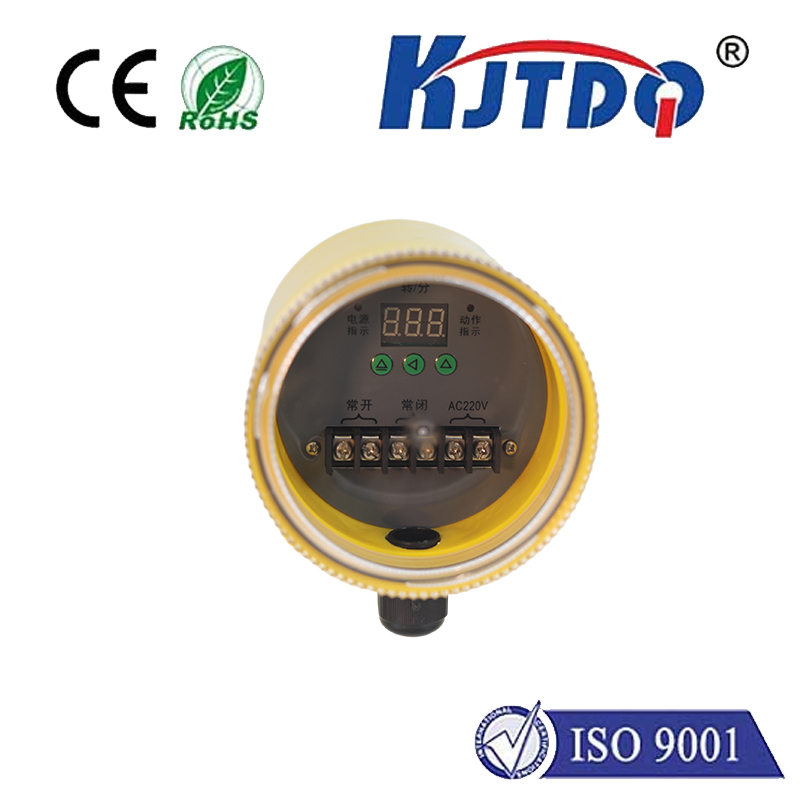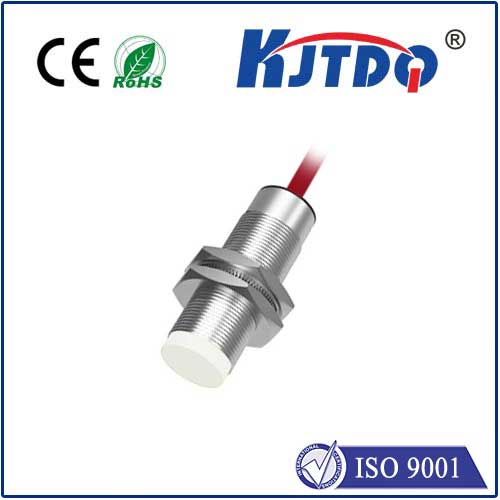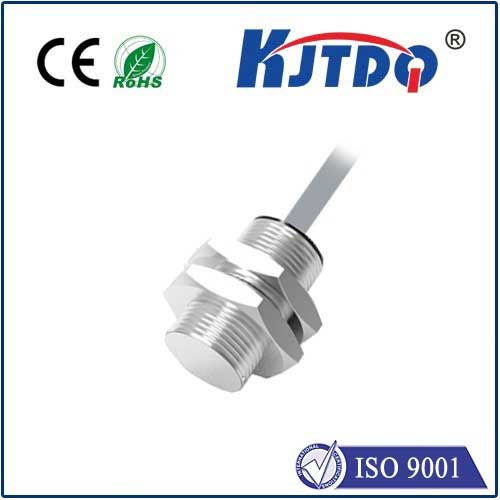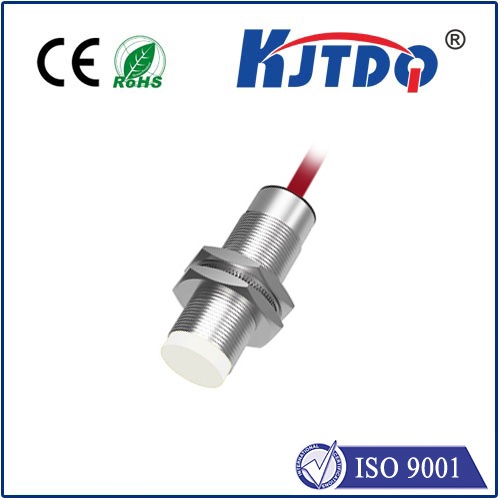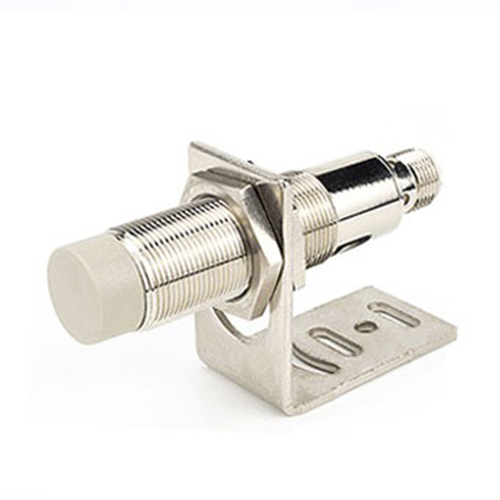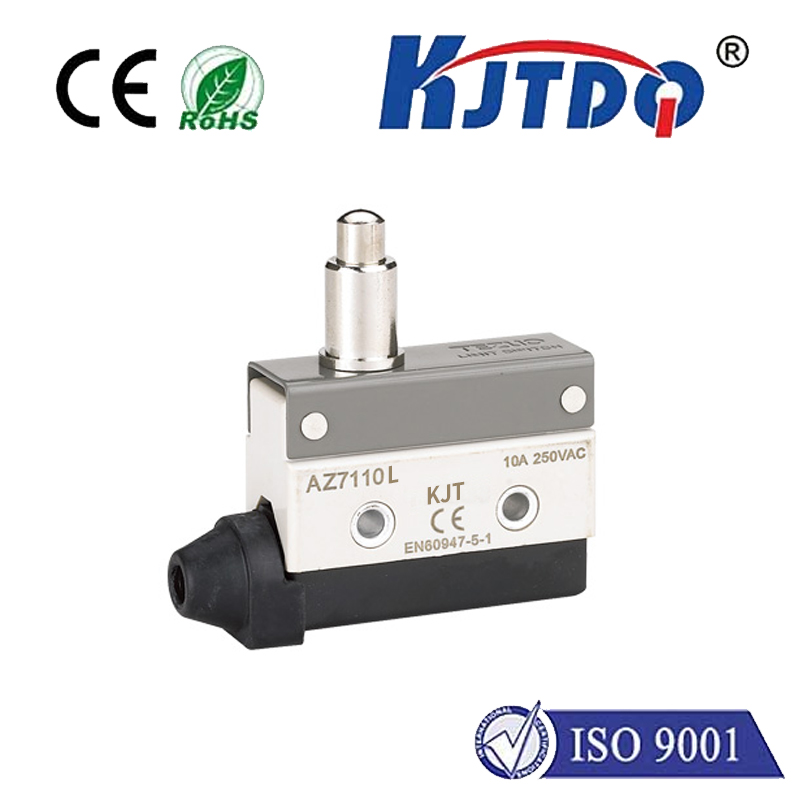

check

check

check

check

check

check

check

check

check

check
Title: Unraveling the Mysteries of the Deep Sea: The Advancements and Applications of Laser Seismometers
As humans, we continue to push the boundaries of scientific exploration. From the depths of the ocean floor to the far reaches of outer space, our quest for knowledge knows no bounds. One such field of study is seismology, which seeks to uncover the secrets hidden within the Earth's crust and mantle by monitoring the seismic waves that travel through it. In recent years, laser seismometers have revolutionized this field, providing unprecedented accuracy and sensitivity in detecting even the faintest vibrations. In this article, we will delve into the history and development of laser seismometers, explore their current applications, and discuss their potential future implications.
The origins of seismology can be traced back to ancient civilizations, such as the Greeks and Egyptians, who used rudimentary instruments to record earthquakes and predict volcanic eruptions. However, it was not until the mid-20th century that significant advancements were made in this field. In 1962, a team of scientists led by French engineer Henri Vidal developed the world's first laser seismometer, known as the "Vidal seismometer" or "Vidalian seismograph." This device relied on a laser to detect small changes in the intensity of light caused by seismic waves, allowing for accurate measurement of distance and direction.

Since then, numerous improvements have been made to both the technology and design of laser seismometers, leading to their widespread use in various scientific applications. Today, laser seismometers are employed by seismologists and other researchers around the world to study everything from earthquakes and volcanic eruptions to the movement of tectonic plates beneath the Earth's surface. These sensors can also be used to monitor the health of underground nuclear reactors and detect underwater landslides and tsunami waves before they strike land.
One of the key advantages of laser seismometers is their high level of sensitivity compared to traditional seismic instruments. This is due to several factors, including their ability to detect extremely weak seismic signals (called "microseismic events") that would otherwise go unnoticed by other devices. Additionally, laser seismometers offer greater accuracy and precision than traditional instruments, thanks to their ability to measure both distance and direction with unparalleled accuracy.
Another benefit of laser seismometers is their compact size and portability, making them well-suited for deployment in remote areas where access to conventional equipment is limited. Moreover, these sensors can operate continuously for extended periods without requiring maintenance or repairs, making them highly reliable and cost-effective tools for research purposes.
Despite their many advantages, however, laser seismometers are not without their limitations. For example, their performance can be influenced by factors such as ambient noise, water vapor concentration, and temperature fluctuations. Additionally, while laser seismometers have proven effective in detecting microseismic events, they may struggle to distinguish between different types of seismic activity (e.g., earthquakes vs. background noise). As such, researchers continue to develop new techniques and algorithms to improve the accuracy and reliability of these sensors in real-world settings.
Looking to the future, the potential applications of laser seismometers are virtually limitless. For instance, they could play a crucial role in predicting natural disasters such as hurricanes or tornadoes by monitoring seismic activity ahead of time. They could also be used to monitor the health of critical infrastructure systems like bridges and power plants, enabling engineers to proactively address any issues before they cause significant damage or disruption.
In conclusion, laser seismometers represent a significant advancement in seismological technology that has transformed our understanding of geological processes on Earth and beyond. With continued research and development, these sensors have the potential to unlock even more mysteries of our planet's complex interior while also improving our ability to protect ourselves against natural disasters and other threats posed by seismic activity. As we continue to explore the depths of our world, laser seismometers will undoubtedly play an increasingly important role in advancing our collective knowledge and understanding.

